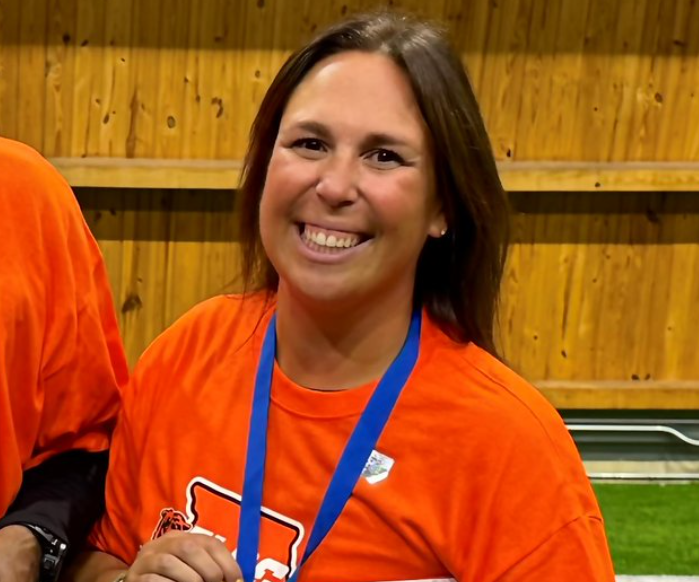Academic tracking benefits certain groups, hurts everyone else
October 7, 2019
In District 203, students are placed in either honors or regular classes when they’re as young as 8 years old, a practice known as “tracking.” According to the New York Times, controversy over the issue has increased as the method has become increasingly common in schools across the United States since the 1990s.
In theory, academic tracking pushes students to their maximum potential, given that every student has a different starting point and is capable of different things. In practice, however, it does just the opposite, limiting students in the material and rigor that they are exposed to, and thus setting them on a certain life track at too young of an age.
In our school district, for example, students are chosen for the honors math and PI programs starting in third grade and ending in fifth grade. From these respective grades through their high school career, these selected students have the opportunity to experience a different kind of rigor and challenge in the courses they take, giving them a better opportunity to have a more in-depth understanding of the subject.
As for the others, however, for the rest of their school careers they will be taught a modified and simplified curriculum in comparison. If a student wishes to switch into an honors class after fifth grade, the process can often be long, complicated, and is not properly advertised to parents, leading to the vast majority of students sticking to their original track. This also doesn’t account for “late-bloomers” who are equally as capable as other students but just take longer to find their strengths.
Through this system we are contradicting the “growth-mindset,” or the concept that anyone can learn something as long as they work hard — an idea that so many teachers preach to us every day. Instead, the system actually imparts a culture in which a child’s ability to excel in a certain subject is predetermined without allowing them to try. Just because someone is not good at math on a CogAT test does not mean they cannot be good at math after learning and practicing the material.
The system is also set up against minorities. Statistically, studies by the U.S Department of Education Office for Civil Rightsshow that the students who are enrolled in honors programs and pass these classes are disproportionately affluent, often being either white or Asian. This is intuitive given that these groups are commonly advantaged both in terms of education and income levels. Thus more time and resources can be put toward their children’s education, aiding them in entering these honors programs.
Instead, if we had a system where all students were taught with the same curriculum, we could push all students to reach their maximum potential regardless of their test-taking abilities or socio-economic status. In other cases, students who can’t handle the workload should be handled on a case by case basis, as opposed to assuming that these students are the vast majority. The result of this new type of system would be a more level playing field that would encourage growth and success amongst a broader range of students.







